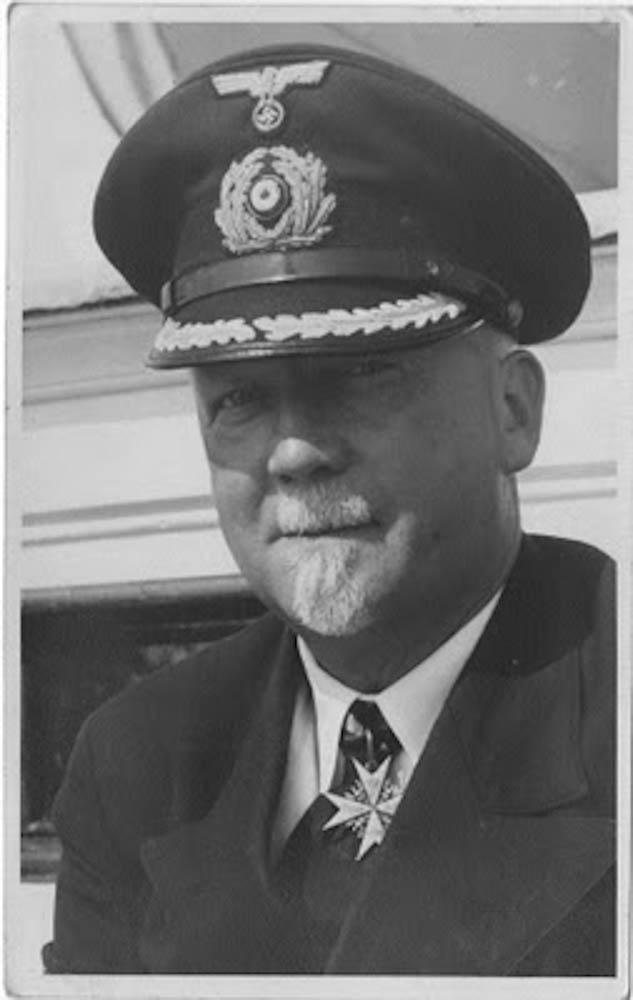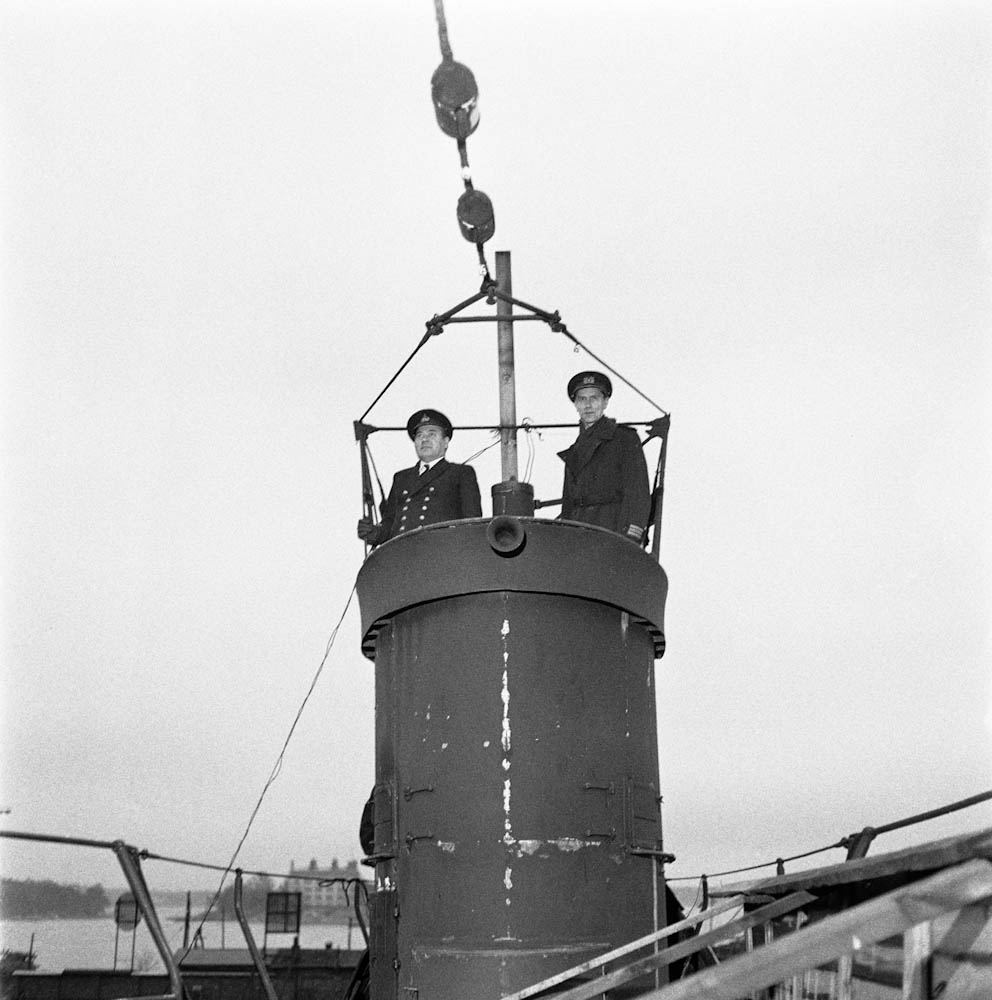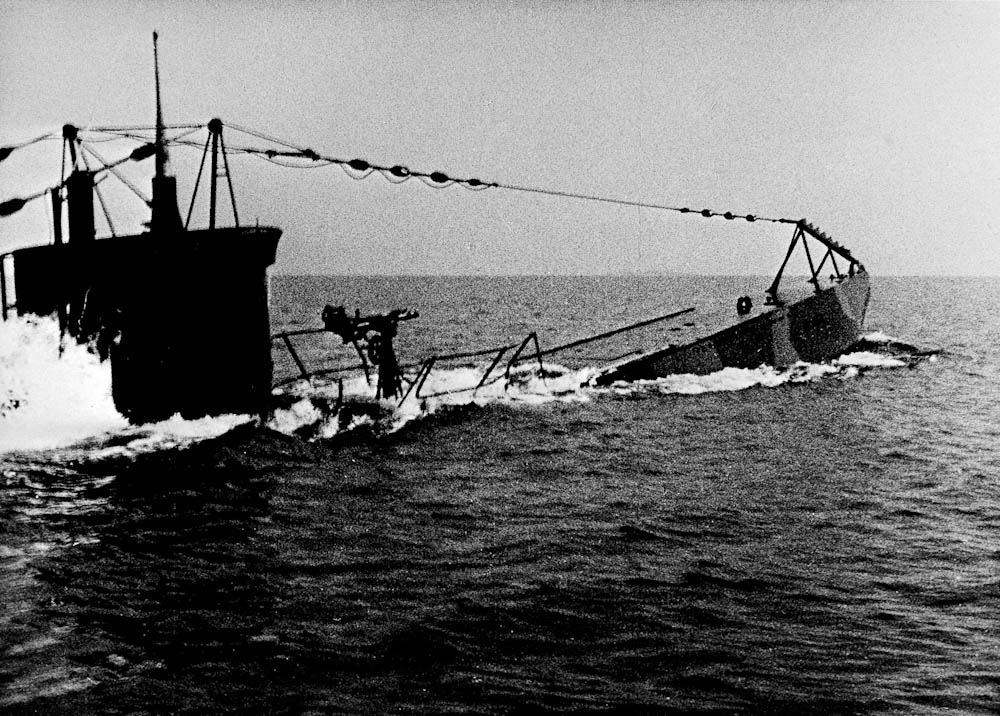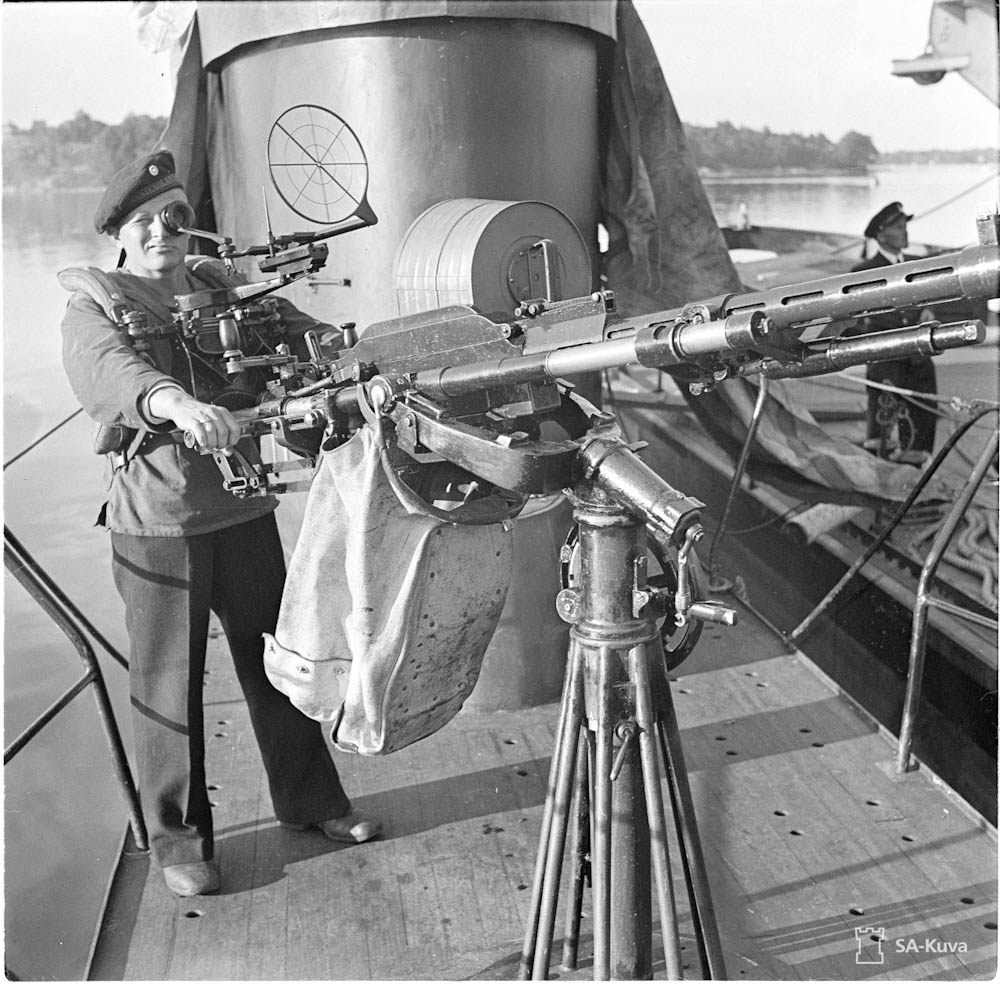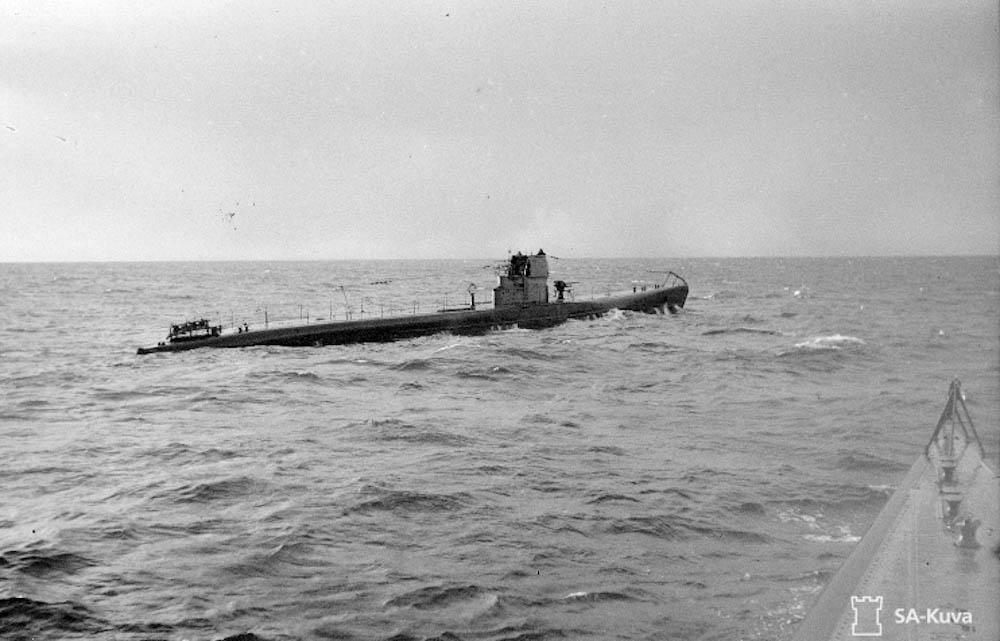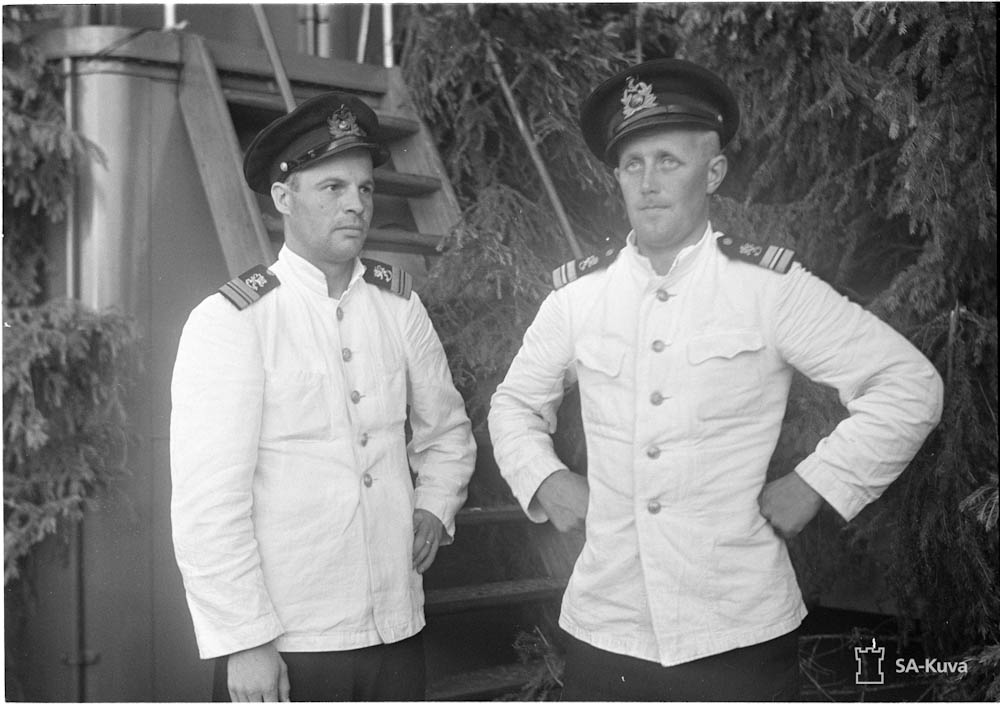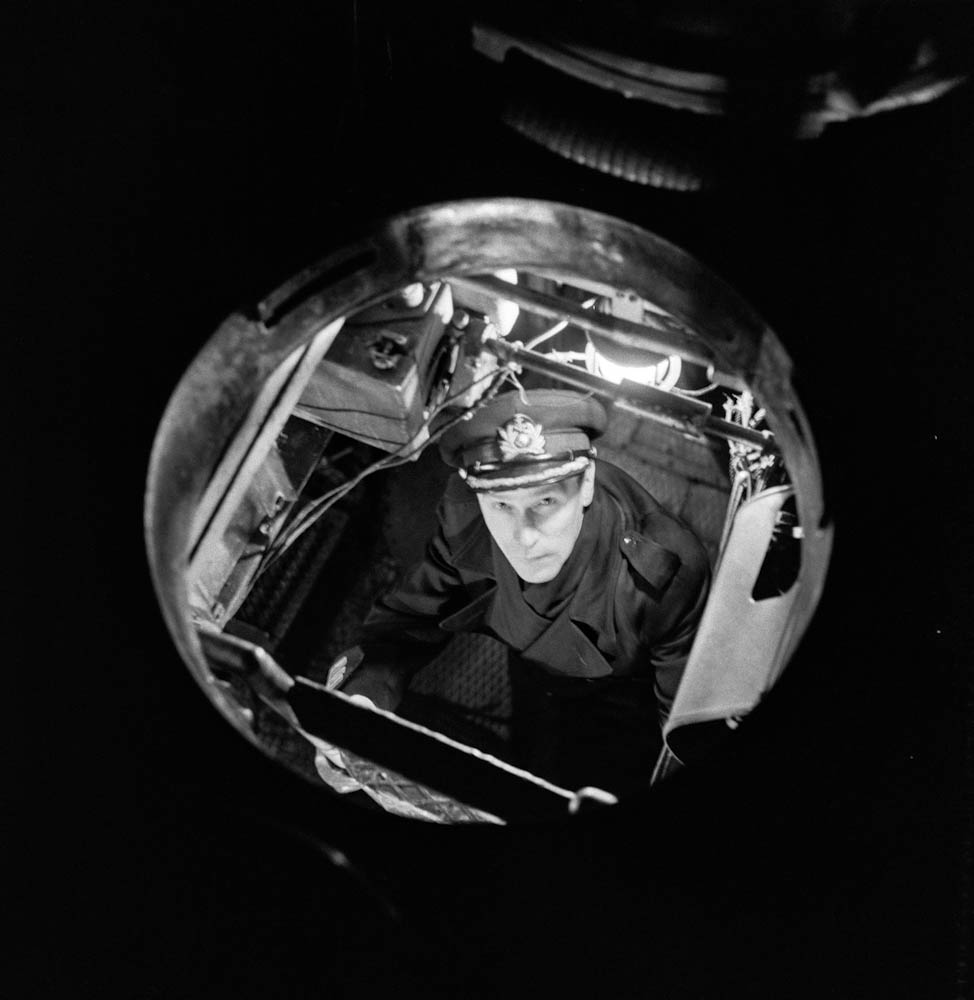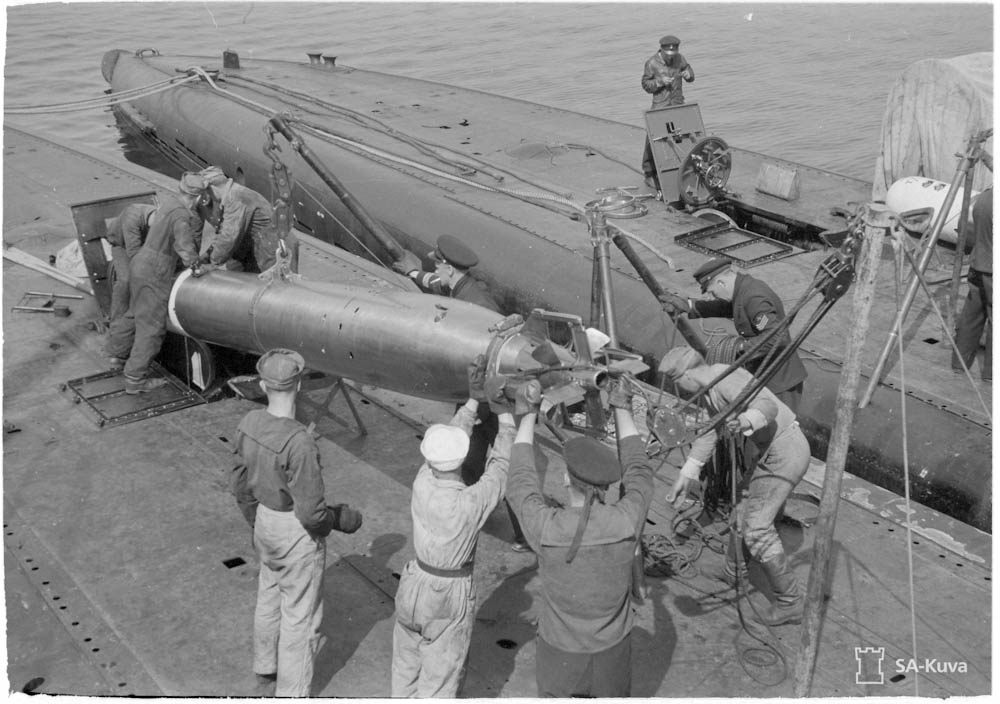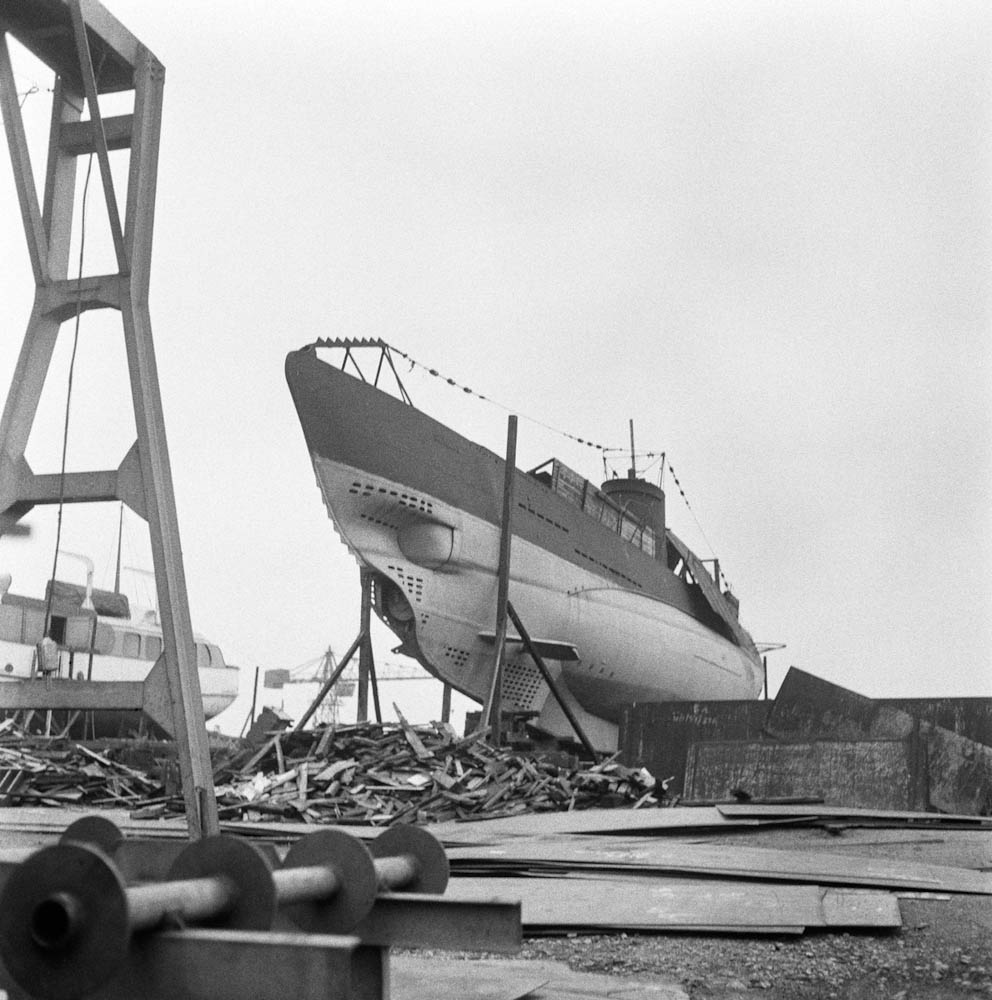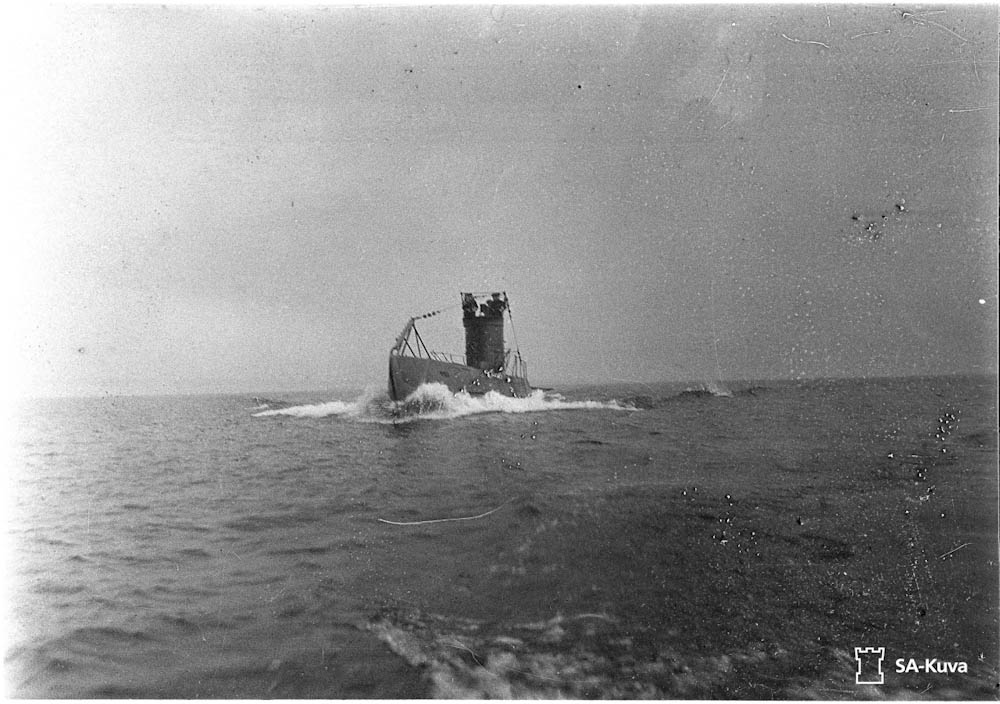
Sukellusvene ""Vesikko"" vauhdissa.
The watershed is a submarine launched on 10.5. 1933 in Turku. Until 1936, the boat was only named CV 707. The Dutch engineering firm Ingenieurskantoor voor Scheepsbouw had ordered the vessel in October 1930 as a prototype commercial submarine. The Finnish state bought it in 1936, and it was named Vesikko.
Toisin kuin Suomen laivaston muut sukellusveneet, Vesikko ei kuulunut suomalaisten suunnitelmiin, vaan se oli osa Saksan salaista laivaston uudelleenrakentamisohjelmaa. Tavoitteena saksalaisilla oli luoda täysin uusi liikekannallepanotyyppi, joka edustaisi uutta tekniikkaa eikä ensimmäisen maailmansodan aikaisia standardeja. Tätä varten rakennettiin kaksi koemallia, E1 Espanjassa ja CV 707 Suomessa. Jälkimmäinen valittiin myöhemmin uuden laivaston ensimmäiseksi alustyypiksi. Kummankin aluksen rakentamisen rahoitti Reichs Marine.
Saksan laivaston salaisena yhteysupseerina Suomessa toimi komentajakapteeni evp Karl Bartenbach, jonka virallinen nimitys oli Suomen puolustusvoimien laivastoasiantuntija. Hänen johdollaan Suomessa rakennettiin IvS:n suunnittelema, 496 tonnin Vetehis-luokka sekä 100 tonnin Saukko, jota oli tarkoitus käyttää Laatokalla. Saksan laivastolle tuli suunnitella 200–250 tonnin alus, joka silti vastaisi iskukyvyltään 496 tonnin Vetehis-luokan sukellusveneitä.
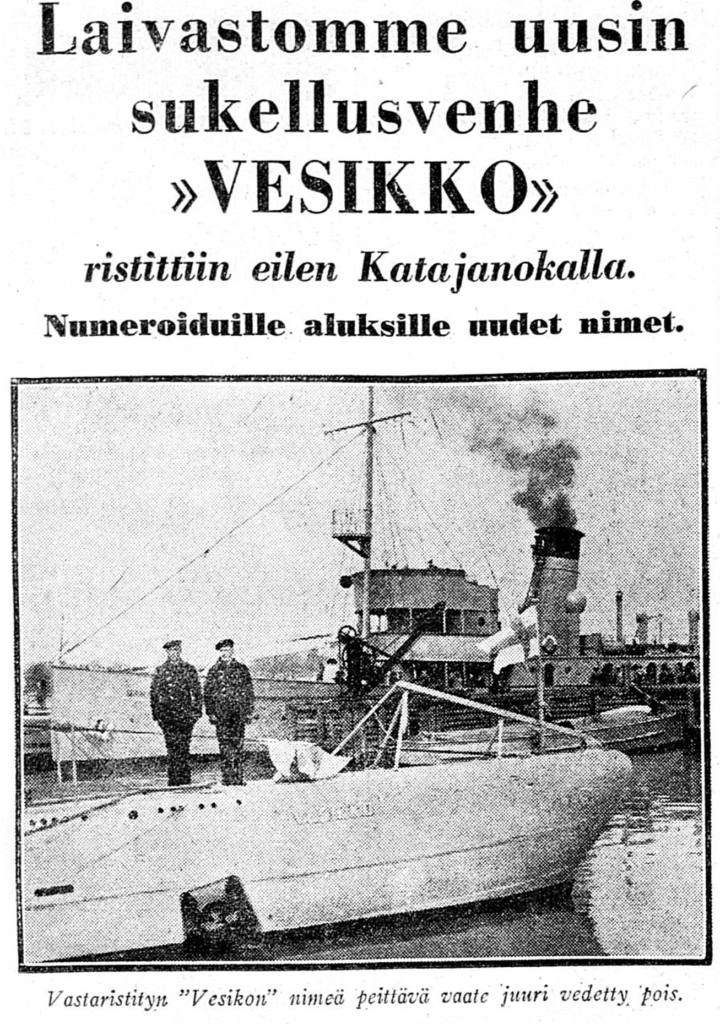
Päätös Vesikon rakentamisesta tehtiin vuonna 1930 useiden hallituksen sisäisten neuvottelujen jälkeen. Koska Liliput-projekti oli Versaillesin rauhansopimuksen vastainen, asiakirjoissa ei mainittu Saksaa ja päätettiin, että sukellusvenettä ei saisi myydä kuin Kansainliittoon kuuluville ja kyseiseen aseeseen oikeutetuille valtioille. Suomen valtio sai veneeseen etuosto-oikeuden.
CV-707:n rakentaminen aloitettiin vuonna 1931 Turussa Crichton-Vulcanin telakalla, missä myös Vetehis-luokan veneet oli rakennettu. Teknisesti veneestä tuli aikansa kehittyneimpiä: sen sukellussyvyys oli kaksinkertainen aikaisempiin saksalaisiin sukellusveneisiin nähden, ja sen runko pystyttiin rakentamaan ilman niittausta sähköhitsaamalla, mikä lisäsi paineenkestävyyttä, vähensi vuotoja ja nopeutti rakentamista. Saksalaiset testasivat Vesikkoa Turun saaristossa purjehduskausina 1933 ja 1934.
Toiminta sota-aikana / Yleisen liikekannallepanon yhteydessä lokakuussa 1939 Vesikko, Vesihiisi ja Saukko määrättiin valvontatehtäviin läntiselle Suomenlahdelle. Talvisodan sytyttyä Vesikko partioi aluksi Hangon edustalla. 18. joulukuuta se määrättiin siirtymään Viipurinlahdelle Koivistoon, missä oli käynnissä taistelu Saarenpään linnakkeen ja kahden neuvostoliittolaisen taistelulaivan välillä. Vesikon saapuessa Viipurinlahdelle seuraavana iltana taistelu oli kuitenkin jo päättynyt. Kova pakkanen vaikeutti sukellusvenetoimintaa, ja Vesikko palasi 22. joulukuuta telakalle Helsinkiin, mihin päättyi sen osallistuminen talvisotaan.
Vesikon päälliköinä sodan aikana:
- lieutenant Kauko Pekkanen (1939)
- captain lieutenant Olavi Aittola (1940 and 1941)
- captain lieutenant Antti Leino (1942)
- Captain Lieutenant Pentti Airaksinen (1942)
- captain lieutenant Eero Pakkala (1943)
- kapteeniluutnantti Olavi Syrjänen (1943)
- captain lieutenant Lauri Parma (1944)

